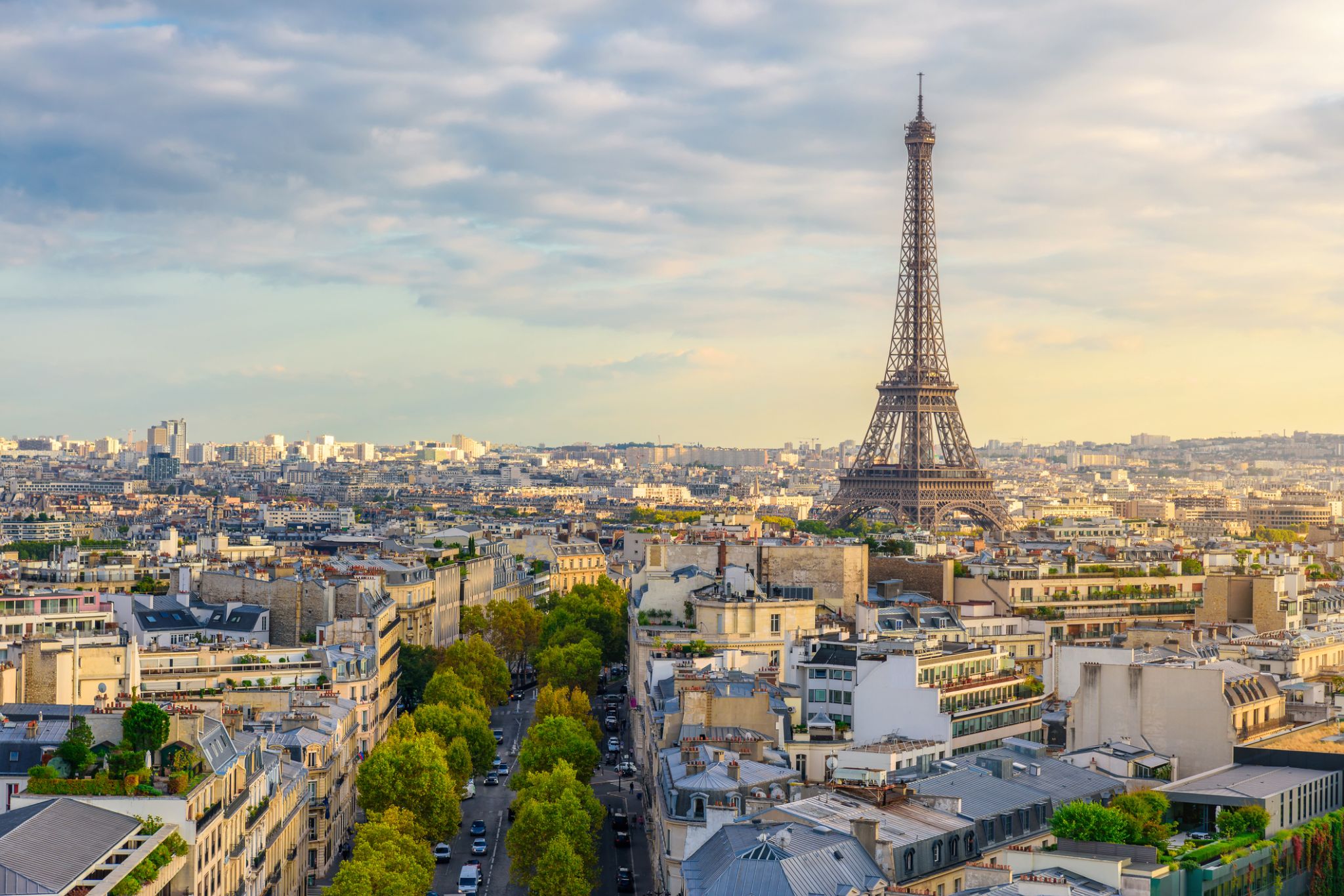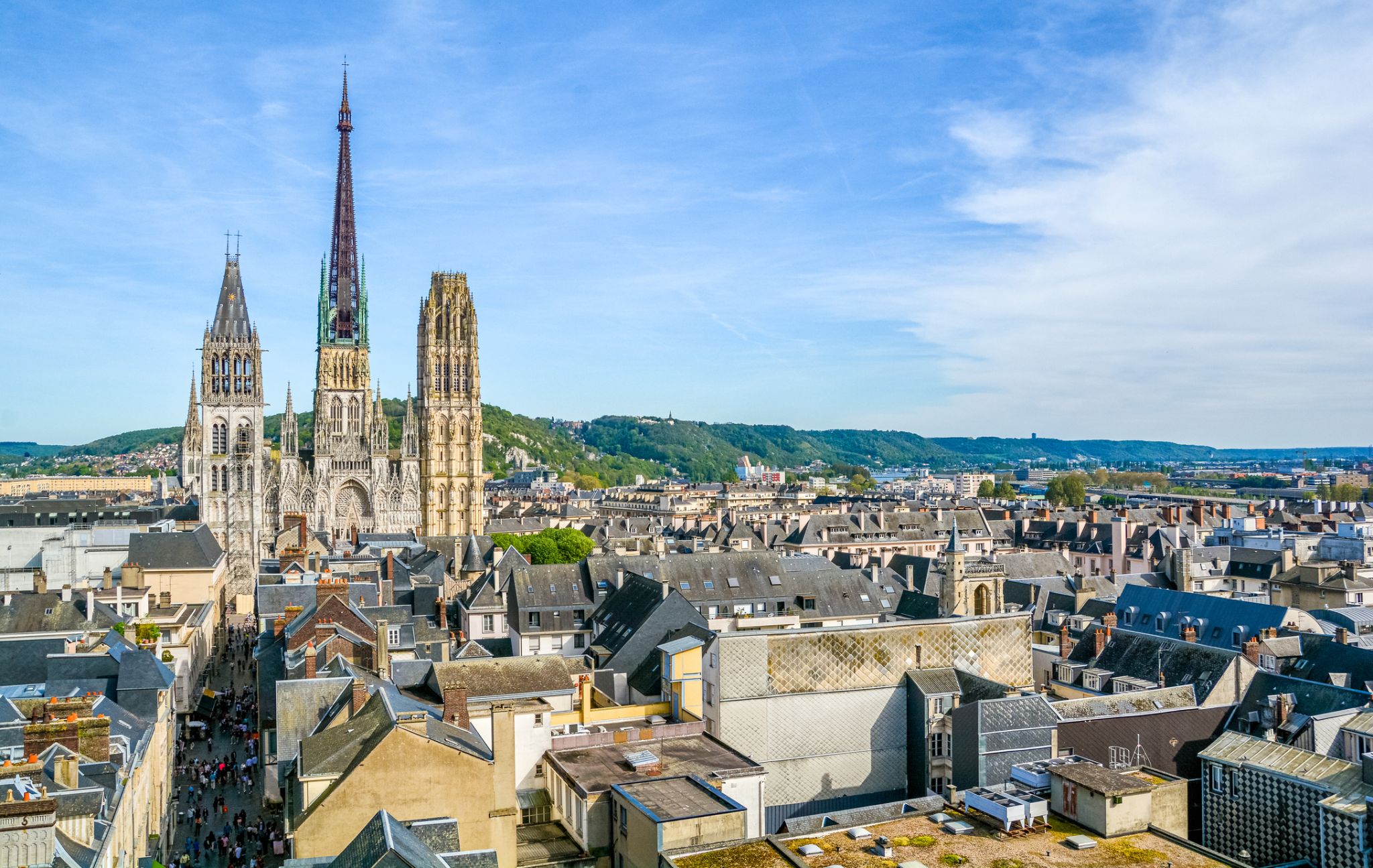

| Cruise Region : Europe |
| Company : Viva Cruises |
| Ship : VIVA BEYOND |
| Journey Start : Sun 27 Dec 2026 |
| Journey End : Sat 02 Jan 2027 |
| Count Nights : 6 nights |
| Day | Date | Port | Arrival | Departure |
|---|---|---|---|---|
| 1 | 27.12 Sun | Paris / France | 17:00 | |
| 2 | 28.12 Mon | Les Andelys / France | 07:30 | 13:30 |
| 2 | 28.12 Mon | Rouen / France | 18:30 | |
| 3 | 29.12 Tue | Rouen / France | 18:00 | |
| 4 | 30.12 Wed | Auvers-sur-Oise / France | 07:00 | 14:00 |
| 4 | 30.12 Wed | Paris / France | 20:30 | |
| 5 | 31.12 Thu | Paris / France | ||
| 6 | 1.01 Fri | Paris / France | ||
| 7 | 2.01 Sat | Paris / France |

the capital of France, on the Seine River; population 2,203,817 (2006). Paris was held by the Romans, who called it Lutetia, and by the Franks, and was established as the capital in 987 under Hugh Capet. It was organized into three parts—the Île de la Cité (an island in the Seine), the Right Bank, and the Left Bank—during the reign of Philippe-Auguste 1180–1223. The city's neoclassical architecture dates from the modernization of the Napoleonic era, which continued under Napoleon III, when the bridges and boulevards of the modern city were built.

Les Andelys (French pronunciation: [lez‿ɑ̃dli]; Norman: Les Aundelys) is a commune in the Eure department in Normandy in northern France.

Rouen is a city on the River Seine in the north of France. It is the capital of the region of Normandy. Formerly one of the largest and most prosperous cities of medieval Europe, Rouen was the seat of the Exchequer of Normandy during the Middle Ages. It was one of the capitals of the Anglo-Norman dynasties, which ruled both England and large parts of modern France from the 11th to the 15th centuries.
The population of the metropolitan area (in French: agglomération) at the 2011 census was 655,013, with the city proper having an estimated population of 111,557. People from Rouen are known as Rouennais.

Rouen is a city on the River Seine in the north of France. It is the capital of the region of Normandy. Formerly one of the largest and most prosperous cities of medieval Europe, Rouen was the seat of the Exchequer of Normandy during the Middle Ages. It was one of the capitals of the Anglo-Norman dynasties, which ruled both England and large parts of modern France from the 11th to the 15th centuries.
The population of the metropolitan area (in French: agglomération) at the 2011 census was 655,013, with the city proper having an estimated population of 111,557. People from Rouen are known as Rouennais.


the capital of France, on the Seine River; population 2,203,817 (2006). Paris was held by the Romans, who called it Lutetia, and by the Franks, and was established as the capital in 987 under Hugh Capet. It was organized into three parts—the Île de la Cité (an island in the Seine), the Right Bank, and the Left Bank—during the reign of Philippe-Auguste 1180–1223. The city's neoclassical architecture dates from the modernization of the Napoleonic era, which continued under Napoleon III, when the bridges and boulevards of the modern city were built.

the capital of France, on the Seine River; population 2,203,817 (2006). Paris was held by the Romans, who called it Lutetia, and by the Franks, and was established as the capital in 987 under Hugh Capet. It was organized into three parts—the Île de la Cité (an island in the Seine), the Right Bank, and the Left Bank—during the reign of Philippe-Auguste 1180–1223. The city's neoclassical architecture dates from the modernization of the Napoleonic era, which continued under Napoleon III, when the bridges and boulevards of the modern city were built.

the capital of France, on the Seine River; population 2,203,817 (2006). Paris was held by the Romans, who called it Lutetia, and by the Franks, and was established as the capital in 987 under Hugh Capet. It was organized into three parts—the Île de la Cité (an island in the Seine), the Right Bank, and the Left Bank—during the reign of Philippe-Auguste 1180–1223. The city's neoclassical architecture dates from the modernization of the Napoleonic era, which continued under Napoleon III, when the bridges and boulevards of the modern city were built.

the capital of France, on the Seine River; population 2,203,817 (2006). Paris was held by the Romans, who called it Lutetia, and by the Franks, and was established as the capital in 987 under Hugh Capet. It was organized into three parts—the Île de la Cité (an island in the Seine), the Right Bank, and the Left Bank—during the reign of Philippe-Auguste 1180–1223. The city's neoclassical architecture dates from the modernization of the Napoleonic era, which continued under Napoleon III, when the bridges and boulevards of the modern city were built.